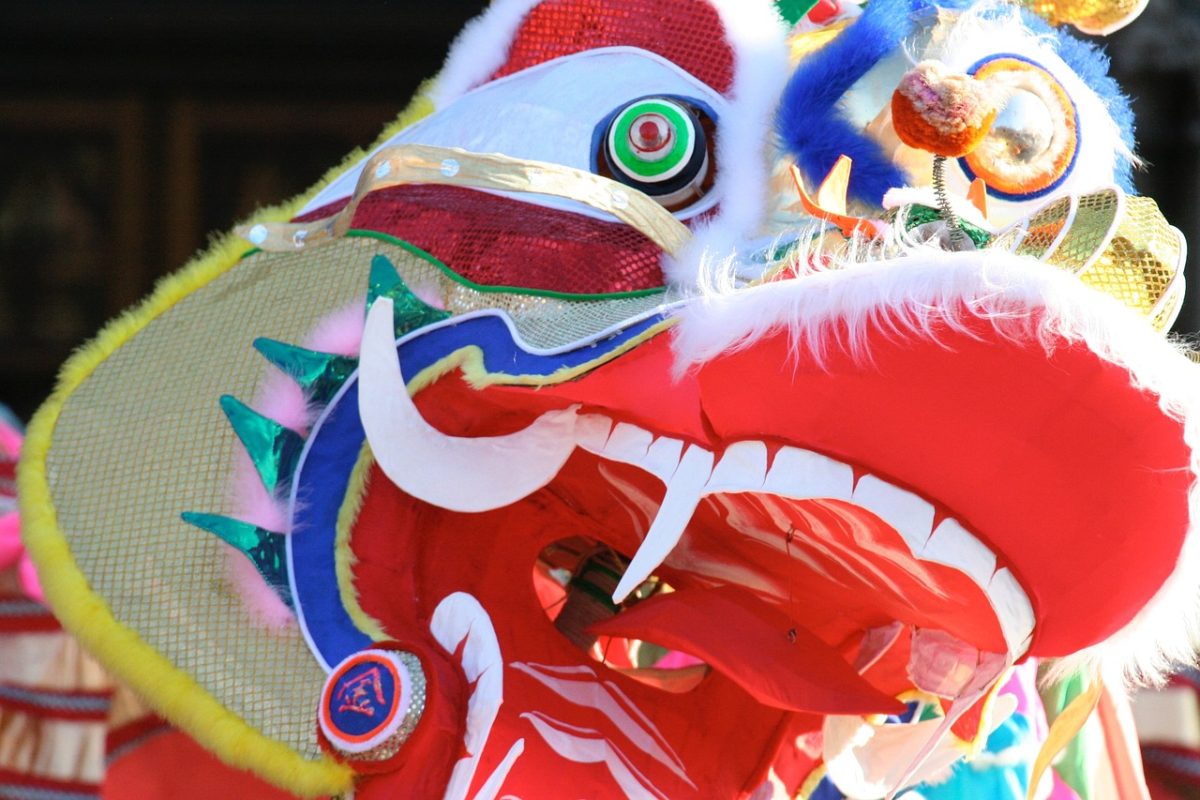As February 10 approaches, millions of people around the world are preparing to celebrate one of the most significant cultural events of the year: Chinese New Year, also known as Lunar New Year, welcoming the year of the Dragon. Deeply rooted in tradition and symbolism, this festive event brings many families and communities together from many different Asian cultures to welcome the arrival of the new Lunar Year.
Falling on the first day of the lunar calendar, it marks the beginning of spring and symbolizes new beginnings, prosperity, and good fortune. While it is primarily associated with Chinese culture, Lunar New Year is not the same as Chinese New Year- but is connected in many ways. In casual conversations, people might notice that both terms are used interchangeably, as they have the same meaning, but people should know when to use the proper term depending on the audience.
Chinese New Year is normally used when speaking to a Chinese person, especially when referring to Chinese traditions and culture. Using a Culture-specific term when the festival is celebrated by various other Asian cultures could trigger an awkward atmosphere, such as using the term Lunar New Year when speaking to an actual Chinese person. Generally, Lunar New Year is used when speaking to an audience of individuals of other Asian heritage because other countries celebrate the festival differently. These countries share the interpretation of the Chinese lunar calendar and therefore celebrate their Lunar New Year at the same time or around the same time.
In Vietnam, Tết Nguyên Đán is celebrated by families cleaning their homes to get rid of bad luck and decorate with peach blossoms, kumquat trees, and other symbols of prosperity. They also visit relatives, exchange gifts, and enjoy traditional foods like bánh chưng (sticky rice cake) and bánh tét (cylindrical sticky rice cake).
In Korea, Seollal is the Korean Lunar New Year. Families gather to perform ancestral rites, bow to elders, and eat a traditional feast called “Seollal Tteokguk,” a soup made with sliced rice cakes. Children often receive money in colored envelopes called “Sebaetdon.”
In Japan, although they primarily follow the Gregorian calendar, Oshogatsu, or New Year’s Day, is still celebrated according to the lunar calendar in some rural areas. Traditional activities include cleaning the house, visiting shrines or temples, and eating special foods like Osechi Ryori (New Year’s dishes) and mochi (rice cakes).
Chinese New Year is celebrated similarly, and preparations typically take place weeks in advance. Just as in other Asian cultures, families clean to sweep away any lingering bad luck and make room for the incoming blessings of the New Year. Homes are decorated with vibrant red decorations, symbolizing luck and prosperity, while streets are decorated with colorful lanterns, banners, and intricate paper cuttings. On New Year’s Eve, families gather to share a feast of traditional dishes, setting off firecrackers and fireworks, and giving red envelopes holding money to children and other loved ones. These gestures symbolize good luck and blessings for the recipients meanwhile, the loud sounds of fireworks drive away evil spirits and scare off Nian. Nian is a beast from Chinese mythology that would appear once a year, on the last day of the Lunar Year to eat people and livestock. Throughout the period of the festival, communities come together to watch cultural performances like the lion dance, colorful parades, and vibrant street festivals.
As the New Lunar Year approaches, it becomes evident that understanding the nuances between Chinese New Year and Lunar New Year is important. Recognizing their distinct cultural significance behind both terms is important as being mindful of when to use each term fosters a deeper appreciation for the diversity within the Asian heritage.

